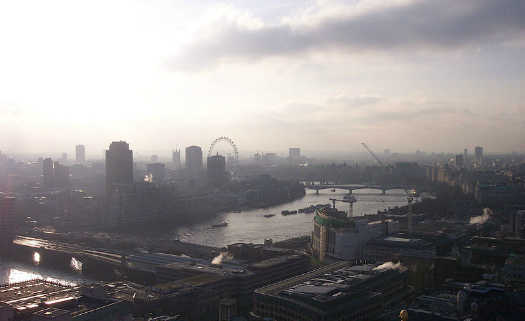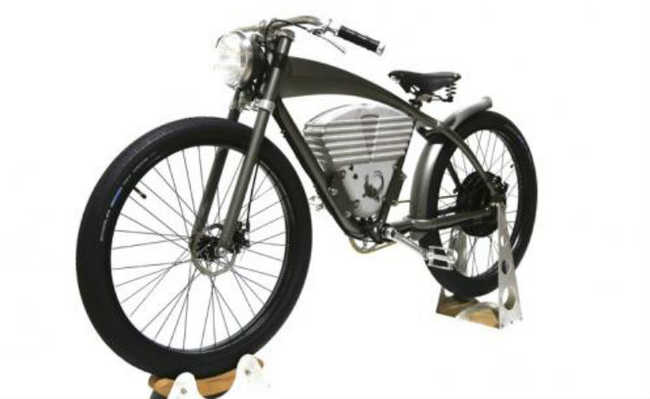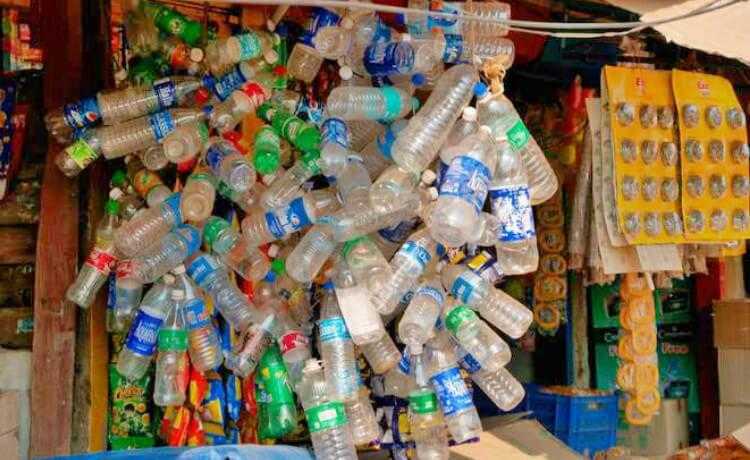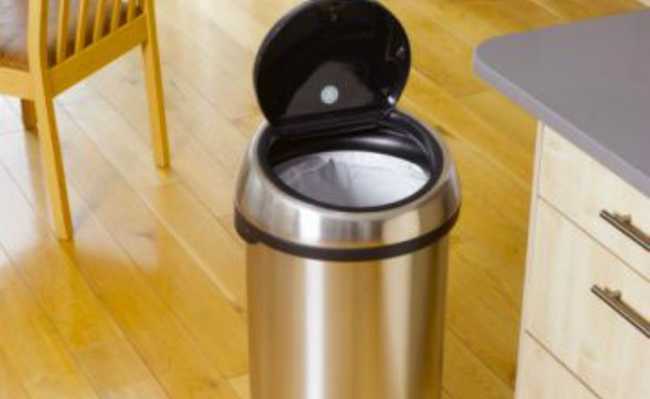What is Municipal Solid Waste?
Solid waste is generated in large quantities and its management represents a major challenge for municipalities
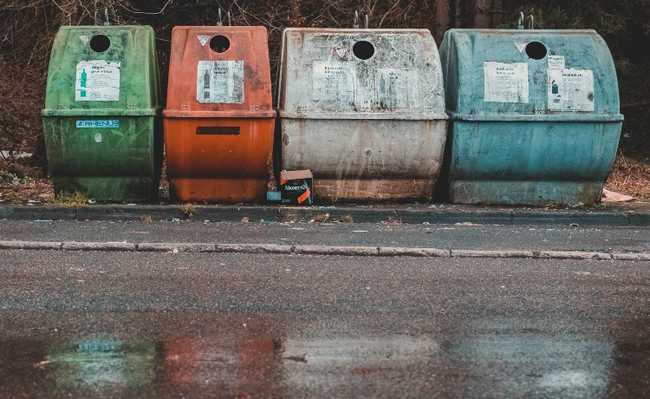
Image: Christian Wiediger in Unsplash
Waste is everything that is left over from a given product, whether its packaging, shell or other part of the process, which can be reused or recycled. For this, the materials need to be separated according to their composition. In other words, waste still has some economic value that can be used by industries, waste picker cooperatives and other components of the production chain.
Solid waste is generated from industrial, domestic, hospital, commercial, agricultural and sweeping activities. In turn, Urban Solid Waste is the result of the activities of large cities.
Solid waste management causes difficulties for municipalities, as they are generated in large quantities and are composed of a wide variety of materials. Disposal of waste in environmentally inappropriate areas causes social and environmental consequences, which affect the quality of the environment and the health of the population.
The need to manage the entire solid waste production chain arises from this scenario. According to the United Nations Conference on Environment and Development, actions must be related to the following programs:
- Minimize waste production;
- Maximize environmentally sound reuse and recycling of waste;
- Promote the environmentally correct disposal and treatment of waste;
- Expand the reach of services that deal with waste.
Production of solid urban waste in Brazil
In 2018, 79 million tons of Solid Urban Waste (USW) were generated in Brazil. The data are part of the Panorama of Solid Waste, of the Brazilian Association of Public Cleaning Companies and Special Waste (Abrelpe). Compared with countries in Latin America, Brazil is the champion of waste generation, representing 40% of the total generated in the region (541 thousand tons/day, according to the UN Environment).
Regarding the final disposal, Panorama registered about 42.3 million tons of MSW discarded in landfills. The remainder, which corresponds to 40.9% of the collected waste, was dumped in inappropriate places by 3,352 Brazilian municipalities, totaling 29 million tons of waste in landfills or controlled landfills.
Composition of Solid Urban Waste
The composition of solid urban waste collected in Brazil is quite diversified, as it is directly related to the characteristics, consumption and disposal habits of the population in each region. These wastes can be subdivided into six categories:
- Organic matter: food scraps;
- Paper and cardboard: boxes, packaging, newspapers and magazines;
- Plastic: bottles and packaging;
- Glass: bottles, cups, jars;
- Metals: cans;
- Others: clothes and appliances, for example.
Classification of Solid Waste
According to the Solid Waste Classification Technical Standard, solid waste is defined as “solid and semi-solid waste resulting from community activities of industrial, domestic, hospital, commercial, agricultural, service and sweeping origin. This definition includes sludge from water treatment systems, those generated in pollution control equipment and installations, as well as certain liquids whose particularities make their release into the public sewage system or water bodies unfeasible, or require solutions for this technically and economically viable given the best available technology”.
It is noteworthy that waste in liquid or pasty state is also characterized as solid waste.
The Brazilian Association of Technical Standards (ABNT) classifies solid waste according to its potential risks to the environment and public health, so that they can be properly managed. They are classified as follows:
- Class I Waste – Hazardous: “those that present hazardous or characteristics such as flammability, corrosivity, reactivity, toxicity, pathogenicity”. Paints, solvents, fluorescent lamps and batteries are examples of this class of waste.
- Class II waste - Non-hazardous: they are divided into two other classes:
- Class II A waste – Non-inert: “are those wastes that are neither classified as hazardous waste (Class I) nor as inert waste (Class II B), which may have properties such as biodegradability, combustibility or solubility in water”. Organic matter, paper and sludge are examples of non-inert waste.
- Class II B waste - Inert: "is waste that, if sampled in a representative manner and subjected to a dynamic and static contact with distilled or deionized water, at room temperature, does not have any of its constituents solubilized at concentrations higher than the standards of potability of water , except for the color, turbidity, hardness and flavor aspect”. In other words, it groups residues that have a low capacity to react with any substance. Rubble, building materials and bricks are examples of inert waste.
Solid Waste Management Plan
The Solid Waste Management Plan (PGRS) is a set of environmentally correct procedures that include the generation, conditioning, collection, transport, treatment and final disposal of solid waste.
Packaging
This is the stage of preparing solid waste for proper collection, according to the type and quantity generated. The waste is packed in its own containers and kept until its collection and transportation. For the temporary storage of waste, buckets, containers and trash cans for the separation of recyclable waste (selective collection) can be used, depending on their composition.
Selective collection differentiates waste according to its constitution or composition. Waste must be separated into wet, dry, recyclable and organic - and within these categories there are subcategories. Recyclables, for example, include aluminum, paper, cardboard and some types of plastic, among others. When recyclable materials are collected and arrive at the cooperatives, they are carefully separated for reuse. For the disposal of recyclable waste, check the gas stations closest to your home in the free search engine at eCycle portal.
- What is selective collection?
Due to the presence of heavy metals in its composition, cells and batteries must also be separated. If they are improperly disposed, they can cause contamination of the soil and groundwater. The same is true for hospital waste, which must be isolated due to the risk of biological contamination they may present.
Collect
To prevent residues from being exposed for a long time, emitting odors and attracting disease vectors, this step must be performed frequently. The collection of these residues is done by trucks and is the responsibility of the municipal governments.
Transport
This step corresponds to the transport of collected waste to the intended treatment and final destination stages.
Treatment
This step aims to reduce the quantity and polluting potential of solid waste, preventing its inappropriate disposal. Recycling and composting are the best alternatives for the treatment of some types of solid waste.
Recycling
Recycling is the process in which there is the transformation of solid waste that would not be used, with changes in its physical, physical-chemical or biological states, in order to attribute characteristics to the waste so that it becomes a raw material or product again, according to the National Solid Waste Policy (PNRS). Recycling is facilitated by the correct packaging of waste, through selective collection.
"It should be noted that recycling has environmental, economic and social relevance, with implications that unfold in spheres, such as: spatial organization, preservation and rational use of natural resources, energy conservation and saving, job creation, product development, income generation and waste reduction, among others”, explains the study of the Agrinho Program.
- Recycling: what is it and how important is it?
Compost
Composting is the biological process of valuing organic matter, whether urban, domestic, industrial, agricultural or forestry, and can be considered as a type of recycling of organic waste. It is a natural process in which microorganisms, such as fungi and bacteria, are responsible for the degradation of organic matter, transforming it into humus, a material that is very rich in nutrients and fertile.
- What is compost and how to make it?
final destination
The last stage of the Solid Waste Management Plan refers to the final disposal of waste, which represents a major challenge for cities. The most common waste disposal sites are dumps, controlled landfills or landfills. However, the three forms of disposal have social and environmental impacts and should be avoided as much as possible.
- Learn more in the articles: "Landfills: how they work, impacts and solutions" and "Lixões and their main impacts.
National Solid Waste Policy
The National Solid Waste Policy (PNRS), established by Law No. 12,305/10, contains fundamental instruments to allow for the necessary progress to face the main environmental and socioeconomic problems arising from inadequate solid waste management.
For this, it plans to reduce the generation of waste by changing consumption habits and increasing recycling and reuse of solid waste. The policy also has the objective of prioritizing the most environmentally adequate disposal of waste. In addition, the PNRS determines actions such as the elimination of dumps and their replacement with sanitary landfills.
How to reduce your waste?
- Separate recyclable and organic materials;
- Avoid food waste;
- Reuse leftovers;
- Carry out domestic composting;
- Dispose of non-organic items conscientiously.
Conclusion
Solid waste management involves several spheres, which have a direct relationship with the population's quality of life and with the principles of sustainability. Among the measures necessary to mitigate the impacts caused by the incorrect disposal of waste, according to the National Union of Urban Cleaning Companies (Selurb), we highlight the end of garbage dumps that still exist in Brazil and the construction of sanitary landfills capable of managing environmentally correct tailings.
Do your part and dispose of your garbage properly.


